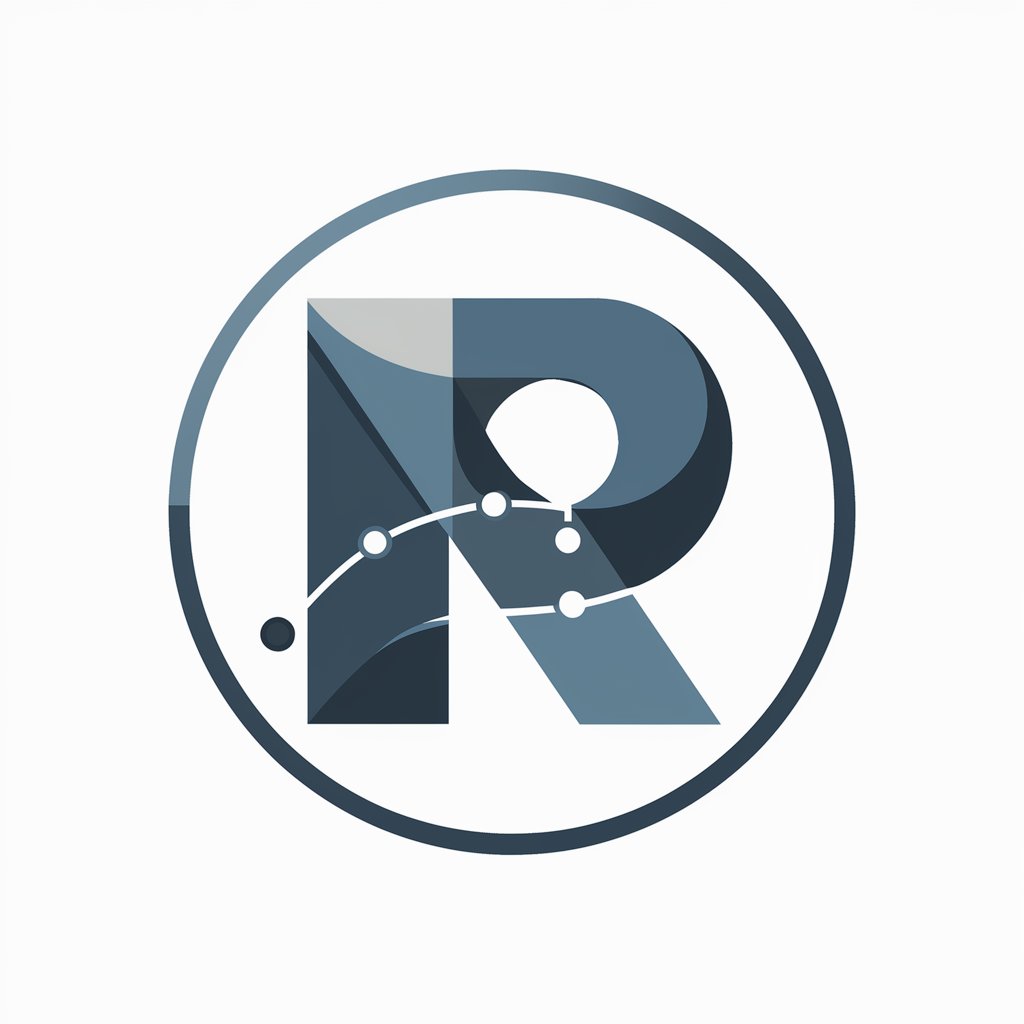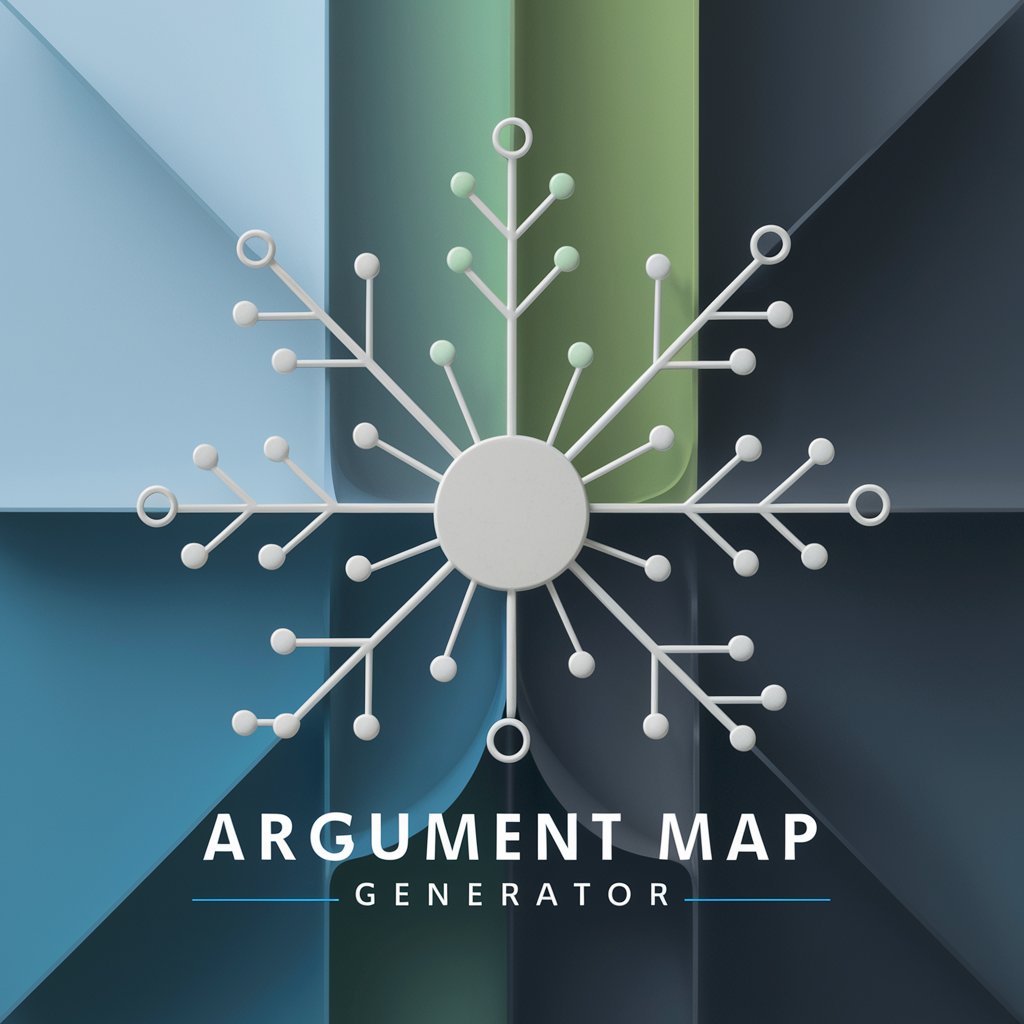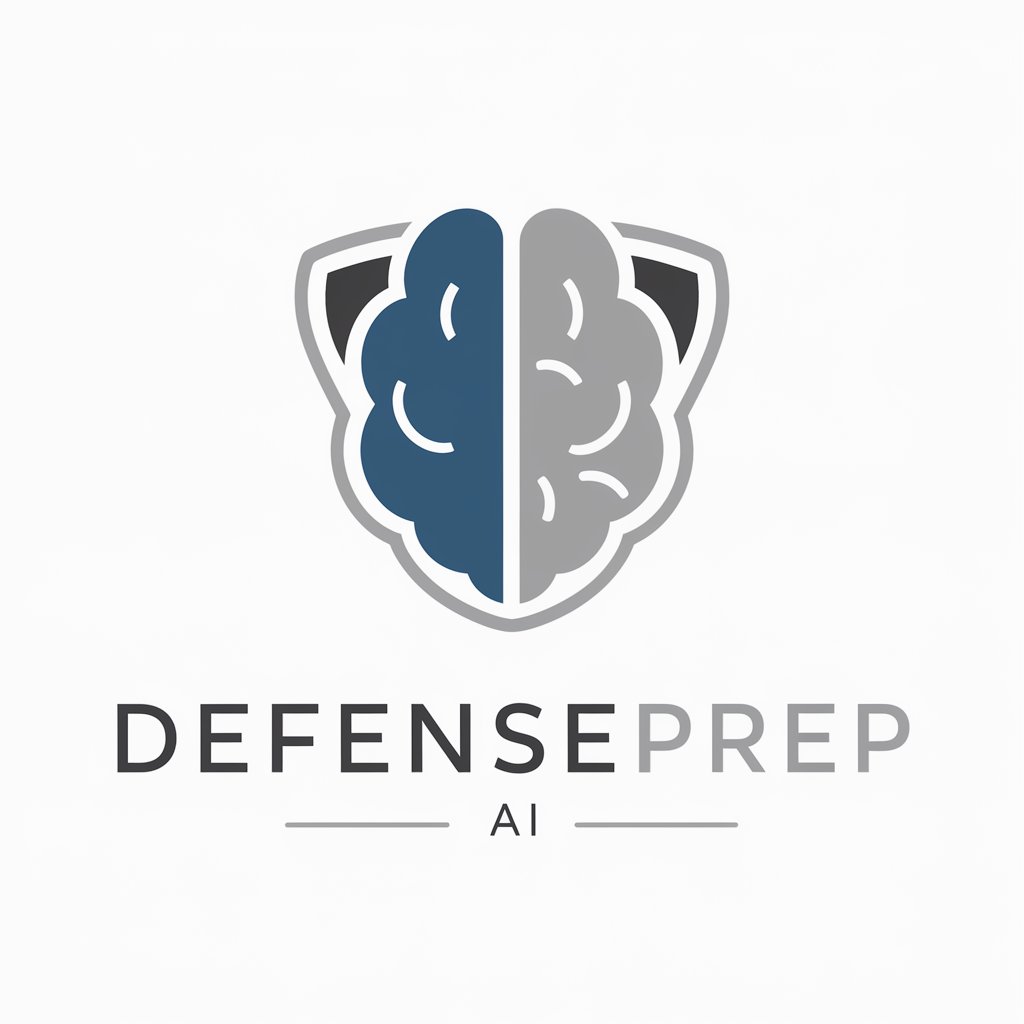📈 Linear Regression Analysis with R - linear regression analysis tool with R

Welcome! Let's dive into linear regression with R programming.
Unlock insights with AI-powered regression analysis
Explain the importance of linear regression in statistical analysis.
How do you handle missing values in a dataset?
What are the key steps to fit a linear model using R?
Discuss the methods for validating a linear regression model.
Get Embed Code
Introduction to 📈 Linear Regression Analysis with R
Linear regression analysis is a fundamental statistical technique used to model the relationship between a dependent variable and one or more independent variables. The primary objective is to establish a linear equation that best predicts the dependent variable based on the independent variables. In R, linear regression analysis is facilitated by various packages such as 'stats' and 'lm'. The 'lm' function in R is commonly used to fit linear regression models. For example, consider a scenario where we want to predict students' exam scores based on the number of hours they study. We can use linear regression to quantify the relationship between study hours and exam scores, allowing us to make predictions for future students. Powered by ChatGPT-4o。

Main Functions of 📈 Linear Regression Analysis with R
lm()
Example
lm(score ~ hours_studied, data = exam_data)
Scenario
The 'lm()' function is used to fit linear regression models. In the example provided, 'score' represents the dependent variable (exam scores), 'hours_studied' is the independent variable, and 'exam_data' is the dataset containing the relevant information. This function estimates the coefficients of the linear equation that best fits the relationship between the variables.
predict()
Example
predict(model, newdata = new_students)
Scenario
The 'predict()' function is utilized to make predictions based on a fitted regression model. 'model' represents the fitted linear regression model, and 'newdata' contains the data for which predictions are required. For instance, after fitting a model to predict exam scores based on study hours, we can use 'predict()' to forecast the scores of new students who have not yet taken the exam.
summary()
Example
summary(model)
Scenario
The 'summary()' function provides a comprehensive summary of the fitted linear regression model. It includes key statistics such as coefficients, standard errors, t-values, and p-values. This summary aids in interpreting the significance of each predictor variable in the model. For example, it helps assess whether study hours significantly influence exam scores.
plot()
Example
plot(model)
Scenario
The 'plot()' function is used to visualize the results of a linear regression analysis. It generates diagnostic plots such as scatterplots of observed versus predicted values, residual plots, and QQ plots to assess the assumptions of linearity, homoscedasticity, and normality. These plots help evaluate the adequacy of the regression model.
Ideal Users of 📈 Linear Regression Analysis with R Services
Data Analysts
Data analysts who work with large datasets containing continuous variables can benefit from using 📈 Linear Regression Analysis with R services. They utilize linear regression to explore relationships between variables, identify significant predictors, and build predictive models. For instance, a data analyst in a marketing firm may use linear regression to assess the impact of advertising expenditure on sales revenue, enabling informed decision-making.
Researchers
Researchers across various domains, including social sciences, economics, and healthcare, rely on 📈 Linear Regression Analysis with R to analyze data and test hypotheses. For example, a healthcare researcher may use linear regression to examine the relationship between patient characteristics (e.g., age, BMI) and treatment outcomes (e.g., recovery time), leading to insights that inform medical practices and interventions.
Students and Educators
Students and educators studying or teaching statistics, data science, or related fields find 📈 Linear Regression Analysis with R invaluable for learning and teaching purposes. Linear regression serves as a foundational concept in statistical education, and R provides an accessible platform for implementing regression techniques. For instance, students may use R to conduct regression analyses for academic projects, while educators utilize it to demonstrate statistical concepts in classroom settings.

Using 📈 Linear Regression Analysis with R
Visit yeschat.ai for a free trial without login, also no need for ChatGPT Plus.
Begin by visiting yeschat.ai to access Linear Regression Analysis with R without any login or ChatGPT Plus subscription requirements.
Prepare your dataset
Gather your dataset and ensure it is in a suitable format for analysis. This may involve importing data from various sources such as CSV files or databases.
Clean the data
Clean the dataset by handling missing values, outliers, and any other inconsistencies that may affect the accuracy of the analysis. Use techniques like imputation or removal of outliers.
Fit the linear regression model
Using R, fit the linear regression model to your cleaned dataset. Specify the dependent and independent variables, and choose the appropriate method for fitting the model, such as least squares estimation.
Evaluate and interpret the results
Assess the goodness of fit of the model using metrics like R-squared and RMSE. Interpret the coefficients of the regression equation to understand the relationship between the independent and dependent variables.
Try other advanced and practical GPTs
AI Voice Prompt Script Builder
Crafting AI-powered voice scripts made easy.

中文gpt
Unlock Chinese AI language power.

Kaernath
Experience immersive medieval RPG with AI.

Metaphysical Guide
Unlock Your Potential with AI-guided Mindfulness

FOOL(愚か者)
Simple Wisdom, Powered by AI

Vedic Wisdom
Unlock ancient wisdom with AI guidance.

Argument Map Generator
Visualize arguments with AI precision.

DefensePrep AI
Empowering Research with AI Insights

Best Wine: Expert on choosing the perfect bottle
Uncork AI: Your Personal Wine Advisor

Rispheres Midjourney V6- Prompter (All Styles)
Create AI-powered prompts effortlessly

ADVENT.AI: Create & play 80s-style adventure games
Craft nostalgic adventures with AI.

英作文練習
Enhance your writing with AI precision.

Q&A about 📈 Linear Regression Analysis with R
What is linear regression analysis?
Linear regression analysis is a statistical method used to model the relationship between one or more independent variables and a dependent variable. It assumes a linear relationship between the variables and is commonly used for prediction and inference in various fields.
How do I handle missing values in my dataset for linear regression analysis?
Missing values in a dataset can be handled by either imputation, where missing values are replaced with estimated values, or removal, where observations with missing values are excluded from the analysis. Common imputation techniques include mean or median imputation, while removal can be done using listwise deletion or multiple imputation methods.
What is the purpose of assessing multicollinearity in linear regression analysis?
Multicollinearity occurs when independent variables in a regression model are highly correlated with each other, which can lead to inflated standard errors and unreliable coefficient estimates. Assessing multicollinearity helps ensure the validity of the regression results by identifying and addressing correlated variables.
How can I validate the assumptions of linear regression analysis?
Assumptions of linear regression, such as linearity, homoscedasticity, and independence of errors, can be validated using diagnostic plots, statistical tests, and residual analysis. Techniques like scatterplots of residuals versus fitted values and Q-Q plots can help assess these assumptions.
What are some common pitfalls to avoid in linear regression analysis?
Common pitfalls in linear regression analysis include overfitting the model to the training data, neglecting to validate the model assumptions, and misinterpreting the coefficients. It's important to use cross-validation techniques, validate assumptions, and carefully interpret the results to avoid these pitfalls.
